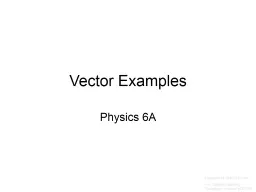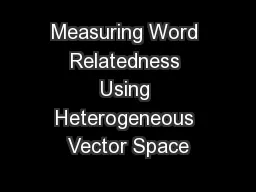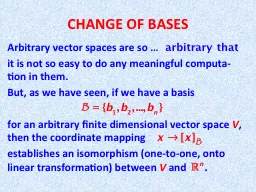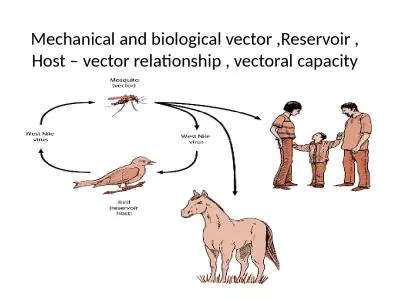PPT-Vector Examples
Author : debby-jeon | Published Date : 2015-10-28
Physics 6A Prepared by Vince Zaccone For Campus Learning Assistance Services at UCSB A VECTOR describes anything that has both a MAGNITUDE and a DIRECTION The
Presentation Embed Code
Download Presentation
Download Presentation The PPT/PDF document "Vector Examples" is the property of its rightful owner. Permission is granted to download and print the materials on this website for personal, non-commercial use only, and to display it on your personal computer provided you do not modify the materials and that you retain all copyright notices contained in the materials. By downloading content from our website, you accept the terms of this agreement.
Vector Examples: Transcript
Download Rules Of Document
"Vector Examples"The content belongs to its owner. You may download and print it for personal use, without modification, and keep all copyright notices. By downloading, you agree to these terms.
Related Documents














